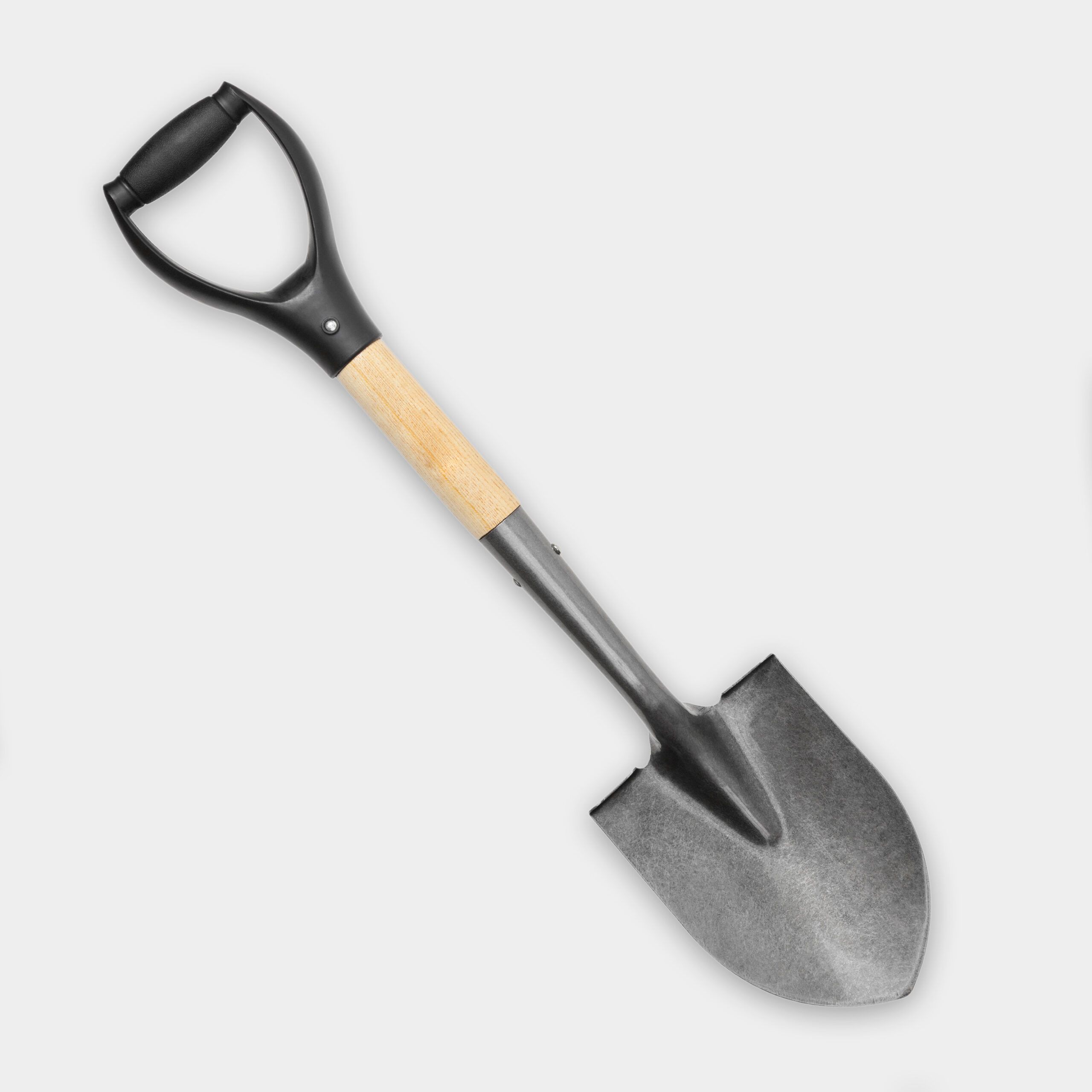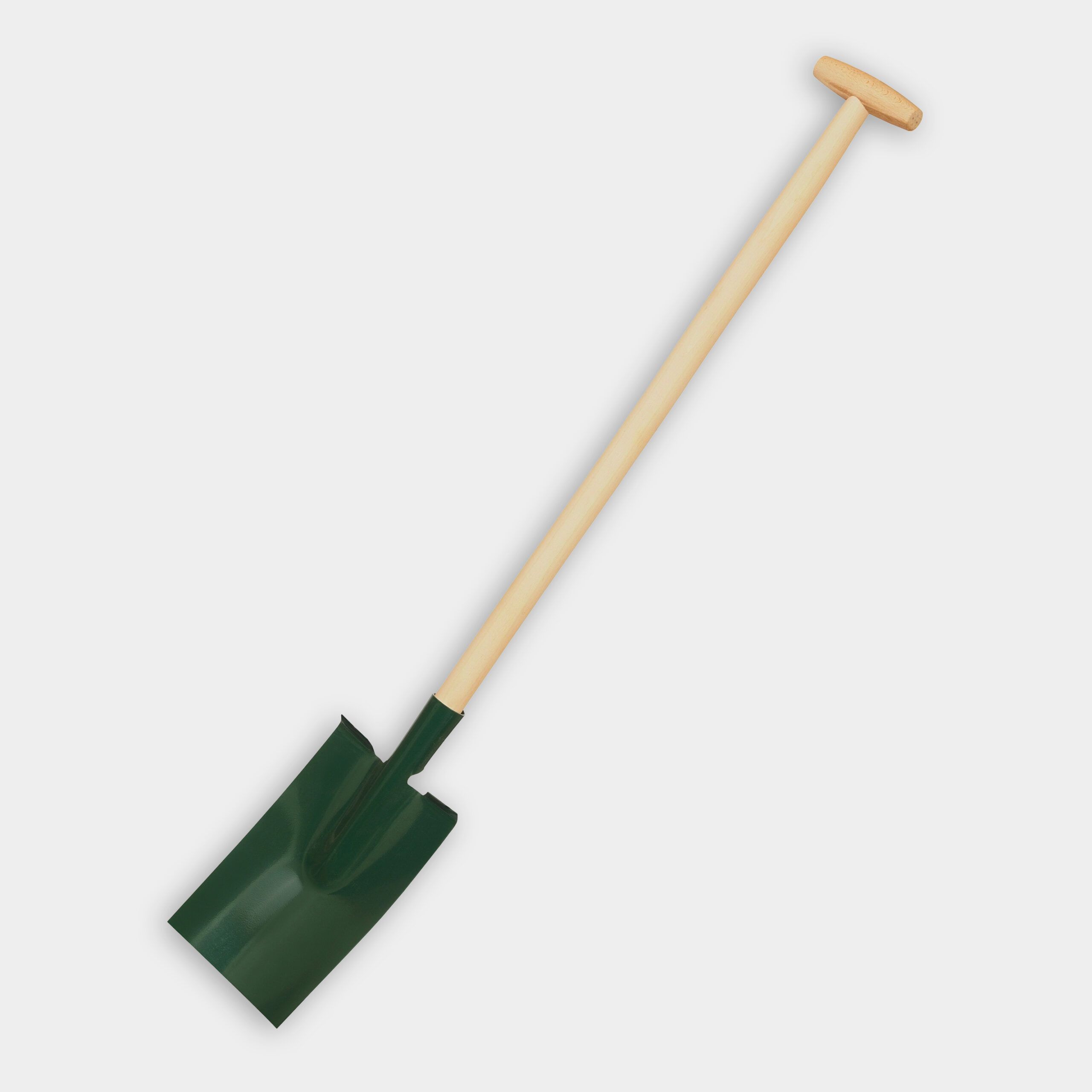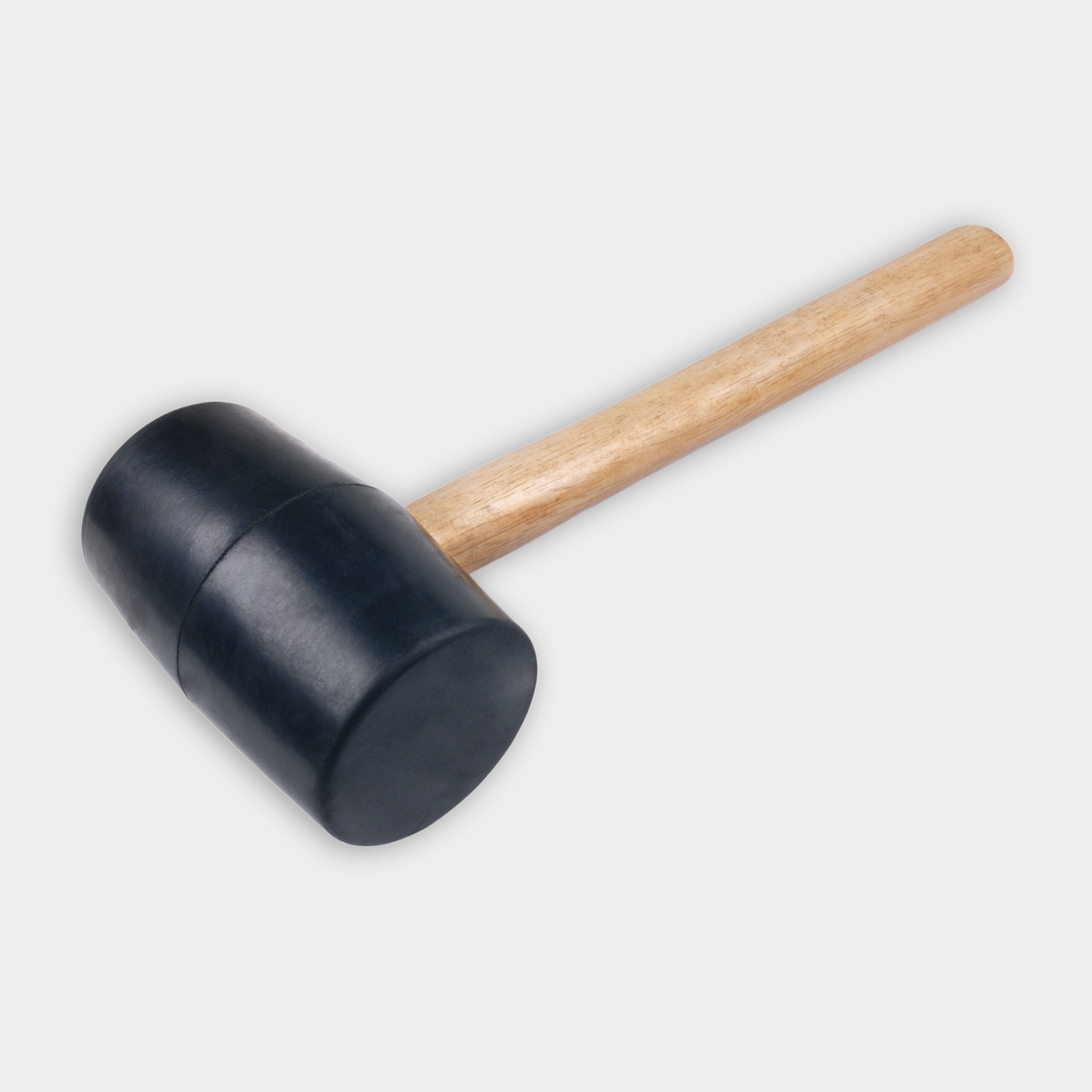We may be compensated if you purchase through links on our website. Our team is committed to delivering honest, objective, and independent reviews on home products and services.
Project details
Skill
Cost
Estimated Time
Transforming an overgrown garden into a beautiful, well-organized space is easier than you think. With some planning and effort, you can change the look of your garden, give it new life, and expand its beauty. We’ll guide you through the process of cleaning up and growing your garden, from initial planning to final touches. Landscape designer Jenn Nawada takes on a garden expansion project in the video above, where she shares valuable insights and techniques.
Planning Your Garden Cleanup and Expansion
A garden clean-up and expansion requires careful thinking and planning. This initial step will help you visualize the result and make the process more efficient.
Assessing Your Current Garden
Take a close look at your existing garden. Identify which plants are thriving, which ones need attention, and areas that could benefit from expansion. This assessment will help you determine the following:
- Areas that require weed removal
- Plants that need pruning or dividing
- Potential expansion zones
- Spaces where you can add new plants
Defining the New Garden Space
Once you’ve assessed your current garden, it’s time to plan the expansion. Decide on the new garden boundaries and use spray paint, a hose, or rope to mark the expanded area. Consider the overall landscape and how the expanded garden will fit in, and plan the spacing between plants to avoid overcrowding.
Selecting New Plants
These are a few things to consider when choosing new plants for your expanded garden:
- Bloom times to ensure year-round interest: Plan a mix of plants with different bloom times to maintain visual interest throughout the seasons.
- Color schemes and textures that complement existing plants: Consider the overall aesthetic by selecting plants that harmonize with the colors and textures of your current garden, creating a cohesive and visually appealing landscape.
- Light conditions in different areas of your garden: Assess the sunlight each section of your garden receives. Some plants require full sun, while others thrive in partial shade or shaded areas.
- Native plants that thrive in your region: Choosing native plants helps ensure they are well-adapted to your local climate and soil conditions, reducing the need for extra care and increasing their chances of thriving.
- Plants that attract beneficial pollinators: Incorporating plants that attract bees, butterflies, and other pollinators supports local wildlife and helps promote a healthy and vibrant garden ecosystem.
Cleaning Up the Existing Garden
Before expanding your garden, clean up and organize the existing space. This will help rejuvenate your plants and prepare the area for expansion.
Removing Weeds and Debris
Start by removing all weeds and debris from your garden. This step creates a clean slate and prevents weed growth in your expanded garden area. Use tools such as a hand trowel or hoe to remove weeds and get the roots to prevent regrowth.
Pruning and Cutting Back Overgrown Plants
Many perennials benefit from regular pruning to maintain their shape and encourage healthy growth. In the video, Nawada takes the following steps to prune various plants:
- Cut back overgrown perennials to about 4 inches tall.
- Prune catmint after its first bloom to encourage a second flowering.
- Stake tall plants like phlox to provide support and improve appearance.
Dividing and Transplanting Existing Plants
Dividing overgrown perennials is a good way to give them new life and create new plants for your expanded garden. Follow these steps:
- Dig up the plant, checking that you get most of the root system.
- Cut or pull the plant into smaller sections, each with roots and shoots.
- Replant the divisions in their new locations, giving them adequate space to grow.
Enhancing Soil Health
For a thriving garden, pay attention to soil health. Start by testing your soil’s pH and nutrient levels. Based on the results, amend the soil with compost or organic matter to create a fertile base for your plants. Improving soil structure enhances water retention and root penetration, leading to healthier and more resilient plants.
Expanding the Garden
With your existing garden cleaned up, it’s time to focus on expanding the space by preparing the new area and defining its boundaries.
Preparing the New Garden Area
To prepare the expanded area, remove any existing grass or vegetation and till the soil to a depth of 8–12 inches. Amend the soil with compost to improve fertility and drainage. Level the area, ensuring proper slope for water runoff (about 1/4 inch per foot).
Defining the Garden Edge
Creating a defined edge for your expanded garden helps create a polished look. In the video, Nawada uses cobblestones to build an edge, but here are a few other options:
- Bricks or pavers: Bricks and pavers provide a durable and versatile option for garden edging, offering a classic look that can be arranged in various patterns to define garden beds and pathways.
- Natural stone: Natural stone edging gives a rustic, organic feel to a garden and is highly durable, making it a great choice for long-lasting landscape borders.
- Plastic or metal edging: Plastic and metal edgings are practical, cost-effective options that are easy to install and maintain. They offer flexibility in shaping garden borders and are effective at preventing grass and weeds from encroaching into garden beds.
- Wooden boards: Wooden boards provide a warm, natural look for garden edging and can be cut to fit any shape or size. While they offer an attractive, rustic appearance, they may require more maintenance over time due to exposure to moisture and pests.
To install cobblestone edging, dig a trench along the planned garden edge. Place the cobblestones in the trench, using a mallet to secure them. Make sure the stones are level and follow your desired curve, then backfill the area with soil to stabilize the edging.
Installing Pathways
Adding pathways to your expanded garden can enhance convenience and appearance. Choose materials that complement your garden style, such as gravel, stepping stones, or wood chips. Pathways create a sense of structure and provide easy access for maintenance tasks without disturbing plant beds.
Planting and Organizing Your Expanded Garden
With the new garden area prepared and defined, you can start planting and organizing your expanded space.
Arranging and Planting
When arranging your plants, think about their mature sizes, light requirements, and color combinations. Here are some tips for effective plant arrangement:
- Create visual interest by varying plant heights and textures.
- Group plants with similar water and light needs together.
- Leave adequate space between plants to allow for growth.
- Place taller plants toward the back of the garden.
As you plant, dig holes 2–3 times the width of the plant’s root ball. You can gently tease the roots if they’re tightly bound. Place the plant slightly higher than the surrounding soil to allow for settling and backfill the area with amended soil. Then, water your new plants.
Adding New Plants for Color and Texture
To enhance your expanded garden, add new plants that complement your existing ones. In the video, Nawada introduces plants like tickseed (Coreopsis) to add splashes of color. Other options to consider include the following:
- Daylilies: Daylilies come in a wide range of colors and have long, arching leaves that add texture to any garden. They are hardy and low-maintenance perennials that bloom throughout the summer.
- Echinacea purpurea (purple coneflower): Purple coneflower adds a bold splash of pinkish-purple color with its large, daisy-like blooms and spiky centers. This hardy perennial is drought-tolerant and attracts butterflies.
- Garden phlox: Garden phlox offers a burst of vibrant color with clusters of fragrant flowers in shades of pink, red, white, and purple. It has a tall, upright growth habit that adds vertical interest to garden beds and attracts pollinators.
- Heather: Heather provides year-round color and texture with its evergreen foliage and seasonal blooms that range from white to deep purple. It is a low-growing shrub that spreads to create a dense mat.
Incorporating Functional Elements
To make your garden more inviting and enjoyable, incorporate elements such as seating areas, bird feeders, or garden art. Choose items that blend with the overall design and provide spaces for relaxation and observation.
Maintaining Your Newly Expanded Garden
Implement these practices to keep your garden looking its best:
- Water deeply and regularly, especially during the first growing season.
- Apply a 2–3 inch layer of mulch to retain moisture and suppress weeds.
- Deadhead flowers to encourage continuous blooming.
- Fertilize as needed, following specific requirements for each plant type.
- Monitor for pests and diseases, and address any issues promptly.
Seasonal Tasks for a Healthy Garden
Different seasons bring specific tasks. In spring, focus on cleaning up debris and dead plants from winter, pruning shrubs, and adding a fresh layer of mulch. During summer, keep an eye on watering needs, particularly during dry spells. Fall is the perfect time for planting perennials and bulbs, while winter requires protecting sensitive plants and planning for the next growing season.
What You Need To Clean Up and Expand a Garden
To redefine and expand the garden area, Nawada lined the garden bed with gray cobblestones. These were sourced by Plymouth Quarries.
Most of the plants Nawada used in the garden were already there and just needed to be divided up. However, she did select a few additional plants to add some color and textures to the garden, including tickseed, echinacea purpurea, garden phlox, coreopsis, and heather, which she got at Mahoney’s Garden Center.
The other materials Nawada used to expand the garden, including shovels and mulch, can be found at home centers and nurseries.




